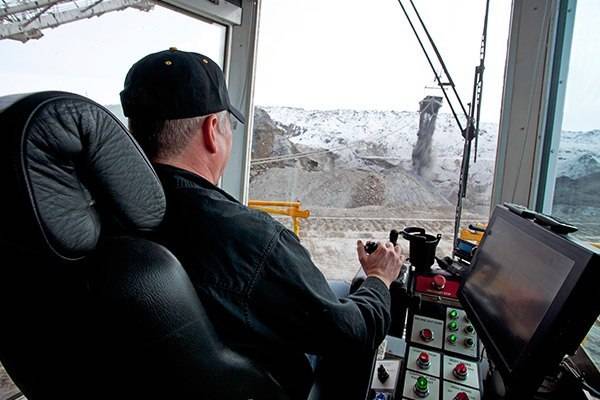Nov . 21, 2024 11:49 Back to list
fe-c alloy factory
The Production and Significance of Fe-C Alloys in Modern Industry
Iron-carbon (Fe-C) alloys are at the heart of material science, serving as the foundation for numerous applications in various industries. These alloys are primarily composed of iron and carbon but may also include small amounts of other alloying elements. The properties of Fe-C alloys make them invaluable for a wide range of applications, from construction and automotive engineering to aerospace and machinery manufacturing.
Understanding Fe-C Alloys
Fe-C alloys are primarily categorized into two types cast iron and steel. The carbon content in these alloys significantly influences their mechanical properties. Generally, iron alloys with carbon content up to 2.1% are classified as steel, while those with higher carbon content are known as cast iron. The unique characteristic of these alloys is the transformation of their microstructure when subjected to varying heat treatments, which consequently alters their hardness, ductility, and tensile strength.
The phase diagram of iron-carbon alloys showcases the various phases such as austenite, ferrite, cementite, and graphite, which play a critical role in determining the properties of the end products. By manipulating the cooling rates and compositions during manufacturing, metallurgists can achieve desired qualities. For example, rapid cooling results in harder steel, while slower cooling can produce more ductile materials.
Production Process of Fe-C Alloys
The production of Fe-C alloys involves several key stages, including raw material sourcing, melting, casting, and heat treatment. The primary raw materials for these alloys are iron ore and carbon sources, which are processed in a blast furnace or an electric arc furnace. During the melting process, temperatures can reach over 1,500 degrees Celsius, allowing for the carbon and other alloying elements to dissolve into the molten iron.
Once the desired composition is achieved, the molten metal is cast into molds to form ingots or other shapes. The cooling rate and environment during this casting process are crucial, affecting the microstructure and properties of the final product.
Following casting, heat treatment processes such as quenching, tempering, or annealing are employed to further refine the material’s properties. These processes can enhance various features, like increasing hardness or improving ductility, thereby tailoring the alloy for specific applications.
fe-c alloy factory

Applications of Fe-C Alloys
Fe-C alloys are ubiquitous in modern society, being integral in manufacturing tools, machinery, and infrastructure. Steel, as a primary type of Fe-C alloy, is used extensively in construction for beams, columns, and reinforcements, providing the necessary strength and durability to buildings and bridges.
In the automotive industry, steel is the material of choice for vehicle frames, engine components, and various tooling due to its favorable strength-to-weight ratio and fracture toughness. Furthermore, innovations in alloying technology are leading to the development of advanced high-strength steels, which enhance vehicle safety and performance.
The aerospace sector also recognizes the importance of Fe-C alloys, particularly in the production of critical components that require high strength and low weight. The ability to modify the properties of steel through alloying and heat treatment makes it adaptable for various demanding applications, such as aircraft frames and engine parts.
Environmental Considerations and Future Directions
As industries continue to evolve, the production of Fe-C alloys is facing challenges related to sustainability and environmental impact. Traditional methods of extraction and processing can be energy-intensive and contribute to greenhouse gas emissions. However, advancements in recycling technology and the introduction of electric arc furnaces have significantly reduced the environmental footprint of steel production.
Moreover, ongoing research into alternative materials and alloying strategies aims to further enhance the properties of Fe-C alloys while minimizing their environmental impact. The trend towards lightweight, high-strength materials is particularly relevant in reducing fuel consumption in transportation.
Conclusion
In summary, Fe-C alloys are indispensable in modern manufacturing and construction due to their versatility and adaptability. Understanding the production processes, properties, and potential applications of these alloys is vital for industries striving for progress and innovation. With continued advancements, Fe-C alloys will undoubtedly remain a cornerstone of engineering and materials science, helping to shape a sustainable future.
-
Eco-Friendly Granule Covering Agent | Dust & Caking Control
NewsAug.06,2025
-
Fe-C Composite Pellets for BOF: High-Efficiency & Cost-Saving
NewsAug.05,2025
-
Premium Tundish Covering Agents Exporters | High Purity
NewsAug.04,2025
-
Fe-C Composite Pellets for BOF | Efficient & Economical
NewsAug.03,2025
-
Top Tundish Covering Agent Exporters | Premium Quality Solutions
NewsAug.02,2025
-
First Bauxite Exporters | AI-Optimized Supply
NewsAug.01,2025
